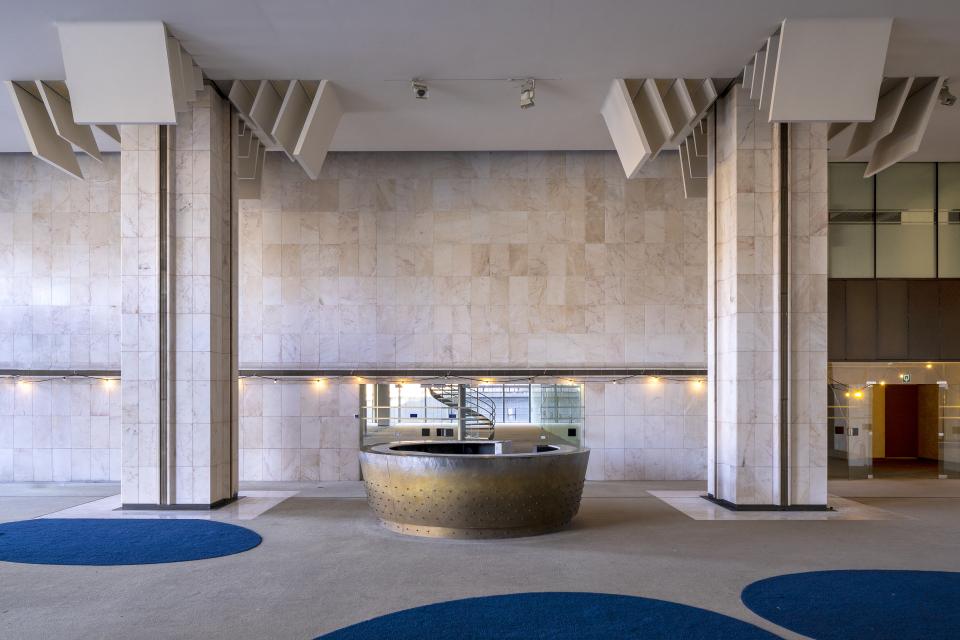The Belgian design scene is vast and diverse. Belgian institutions are always at the forefront of supporting the people, new projects and products that make our country dynamic and unique.
Xavier Lust, Shape-shifting designer
When we look at your work from twenty years ago, the timelessness stands out. Do you agree with this view?
There is something clear and universal about items that can stand the test of time without the user growing tired of them. If some of my pieces have become timelessness, their authenticity and innovative production are a significant part of that. These products are made by deforming aluminium sheets, a process that was developed in 1998. The results are surprising and have a strange resemblance to the essential, performative shapes found in nature. This is what makes them timeless.
You first collaborated with major Italian editors, before moving towards art design. Tell us about this shift.
In theory, the designer can design everything, redesign everything, without any limitations to the sector or scale. That is one of the most interesting and exciting parts of this profession. Furniture, street furnishings, architecture, cinema trophies, jewellery, transport vehicles, anti-terrorism devices, monuments and more: there are many fields that I am interested in and each of them caters to a different market, with, in some cases, a humanist leaning. Since 2007, a number of Italian brands have been purchased by financiers who dream of creating luxury groups, as is the case with the fashion industry. These new players often draw from their archives, rather than trying to innovate. Furthermore, this diffusion design is very demanding in terms of manufacturing and operating costs. At the same time, we have also seen the launch of galleries specialising in art design. This niche gives the designer more freedom, since they only create what they want to. The market for these exceptional pieces is flourishing.
How would you sum up your approach to design?
I like to sum up the creative approach of a designer with four parameters: functionality, beauty, technology and culture. The material result of this design must have a reason to exist, satisfy a need, be original and innovative, and use natural or recyclable materials.










